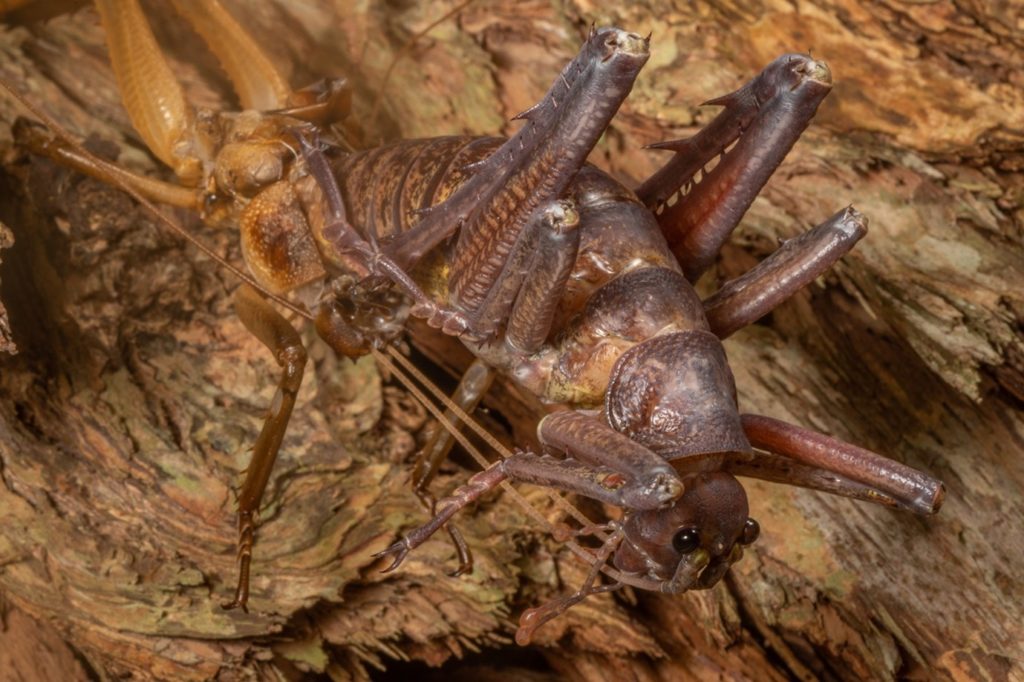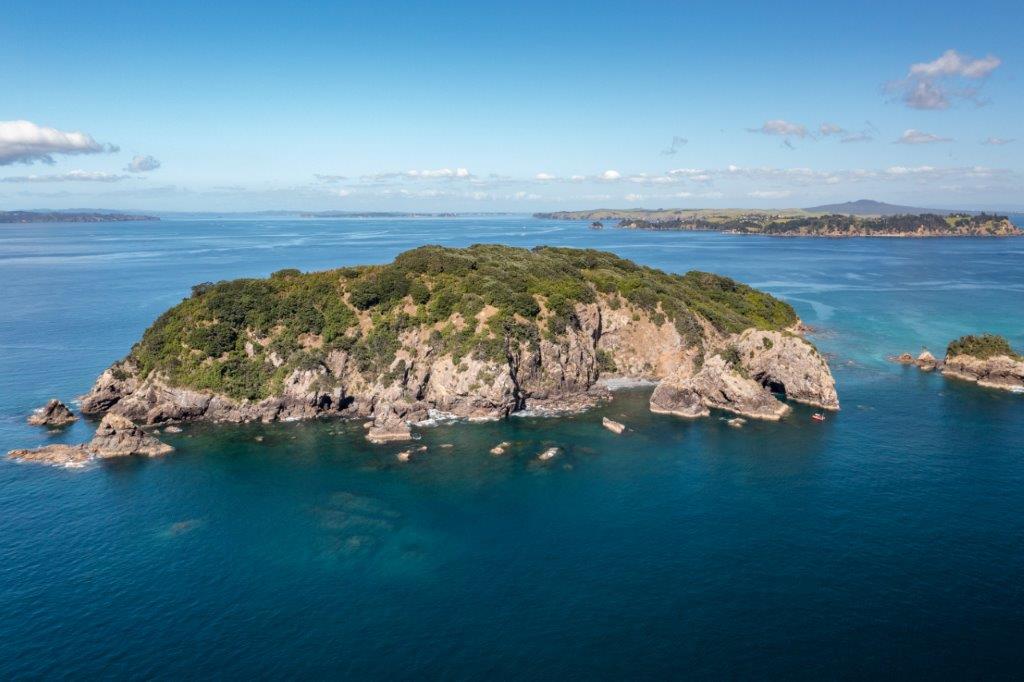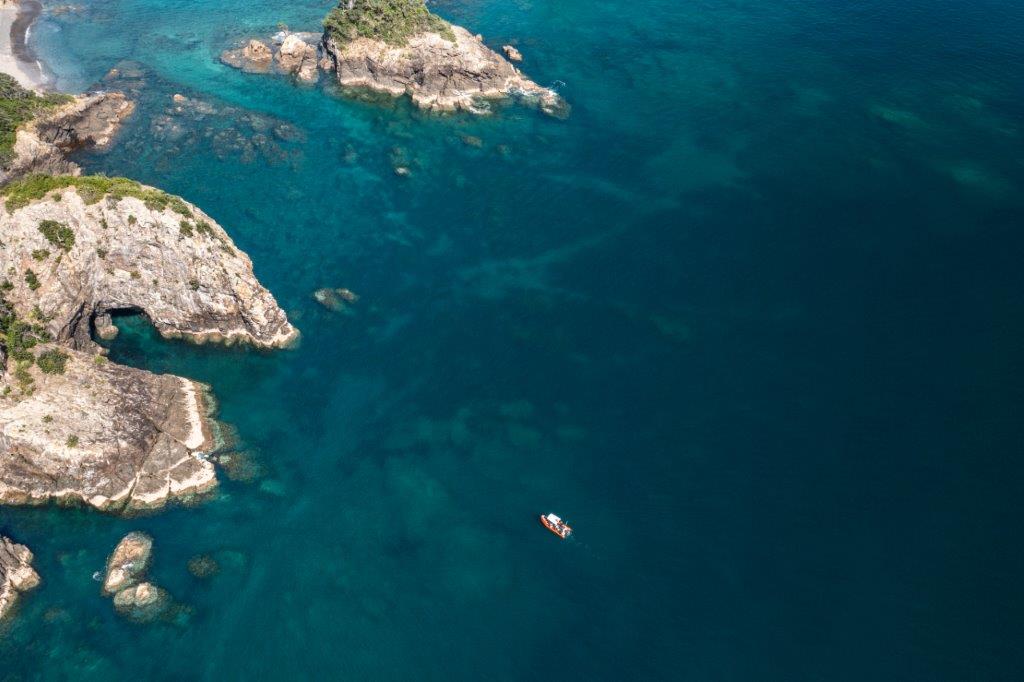The Noises hold a very special interest for seabird lovers. Being home to at least…
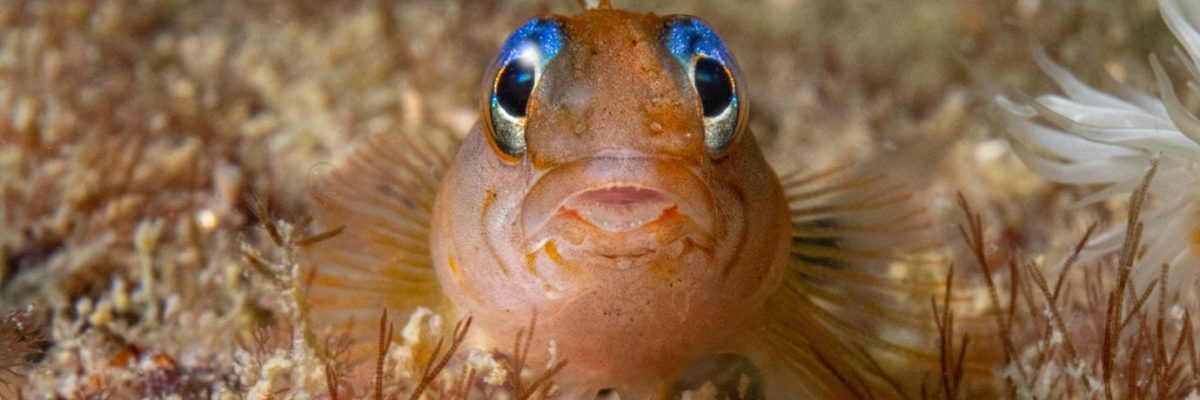
It’s the little things that count
Shaun Lee is a designer, illustrator, blogger and photographer who regularly visits The Noises. Passionate about conservation, Shaun loves to take pictures of the natural world – on land and sea – with a particular focus on the little things.
As Shaun explains, “there are two reasons I like to use a macro lens for my underwater photography. One, because water quality is less of a problem when I’m taking pictures at close range and two, little fish are easier to find than big fish in an overfished or degraded system.”
As a friend of The Noises, and a generous collaborator through his photographs, blogs and design work, when Shaun brought his energetic curiosity to Ōtata over the summer, he and Sue went for some epic snorkels.

Shaun is also a trustee of the community group Revive Our Gulf, an initiative that aims to restore the seabed kūtai / green-lipped mussel (Perna canaliculus) reefs of Tīkapa Moana / Te Moananui ā-Toi / The Hauraki Gulf. After diving around Ōtata, Shaun felt inspired to write a blog about kūtai/mussel restoration, where he pondered the complication of the lack of “reference beds” and concluded that, “if The Noises’ kūtai were protected and able to regenerate, it would help us learn a lot about kūtai restoration.”
Shaun took many beautiful pictures while visiting and, after sharing his phenomenal imagery with us, we’re eager to show some of it to the wider world through our website.
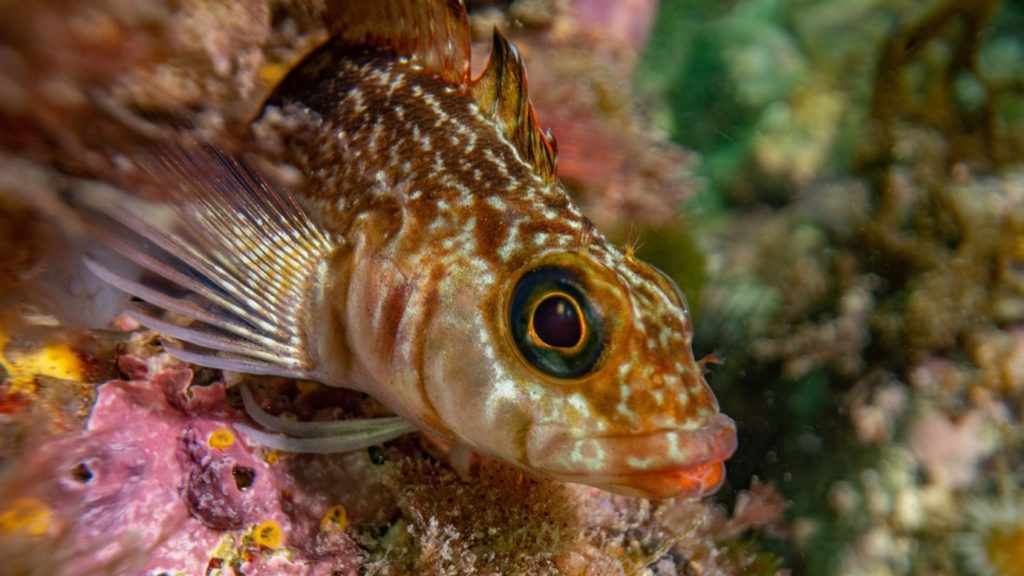
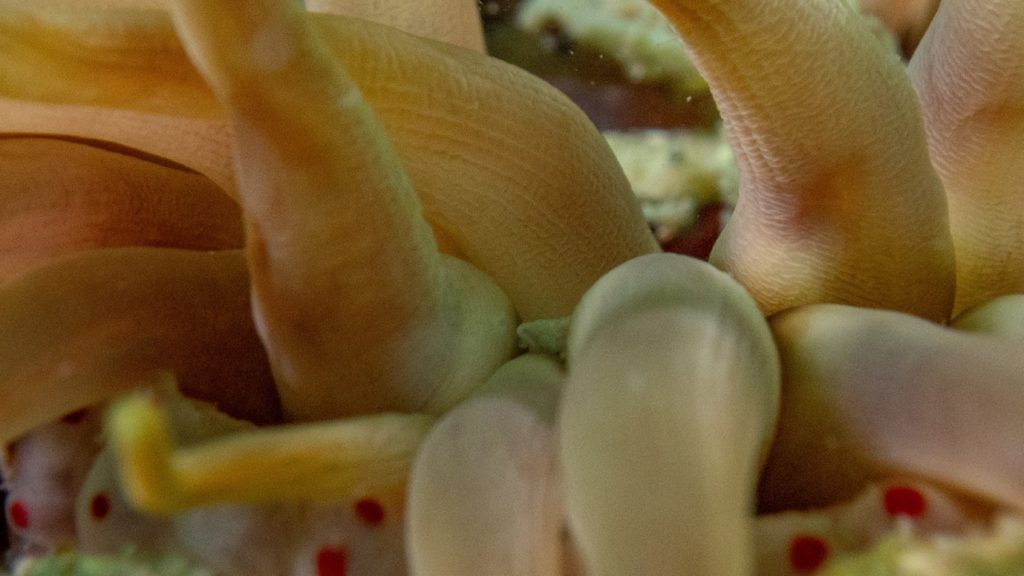
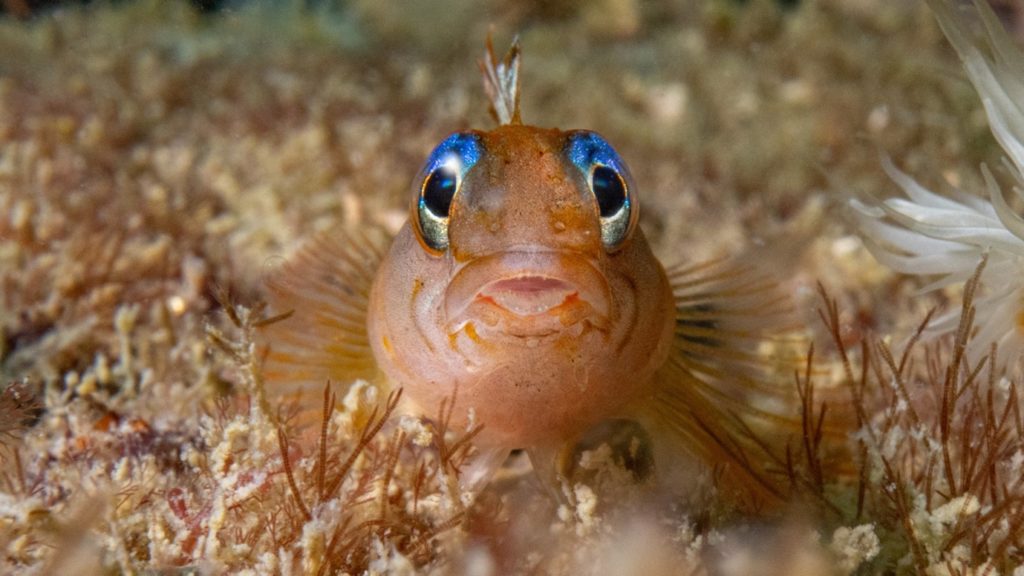
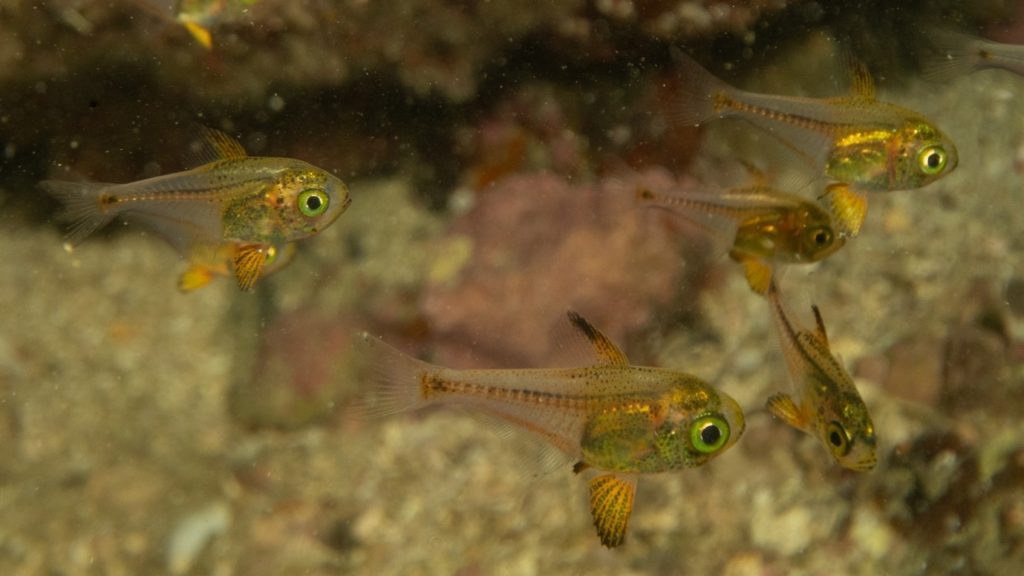
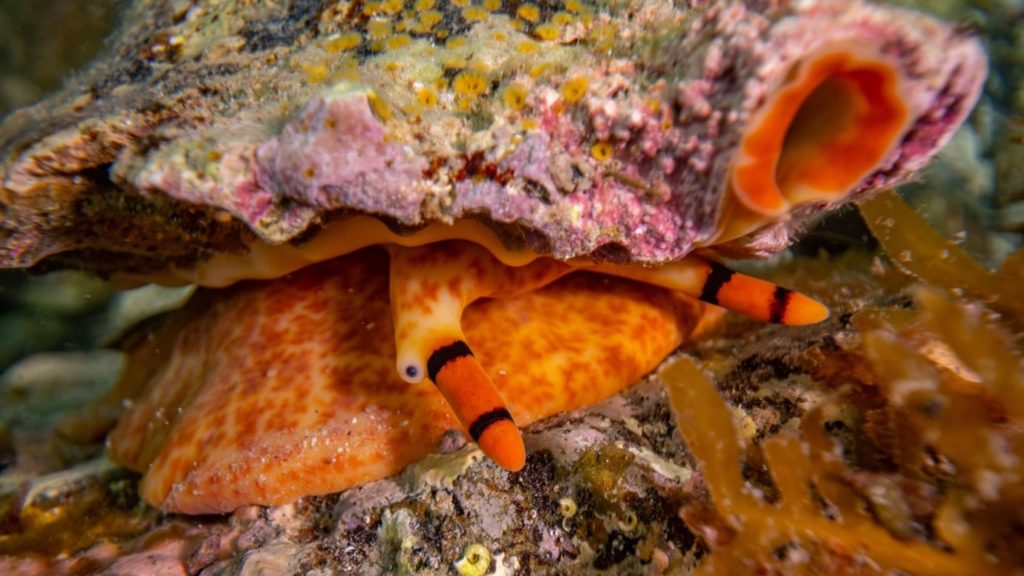
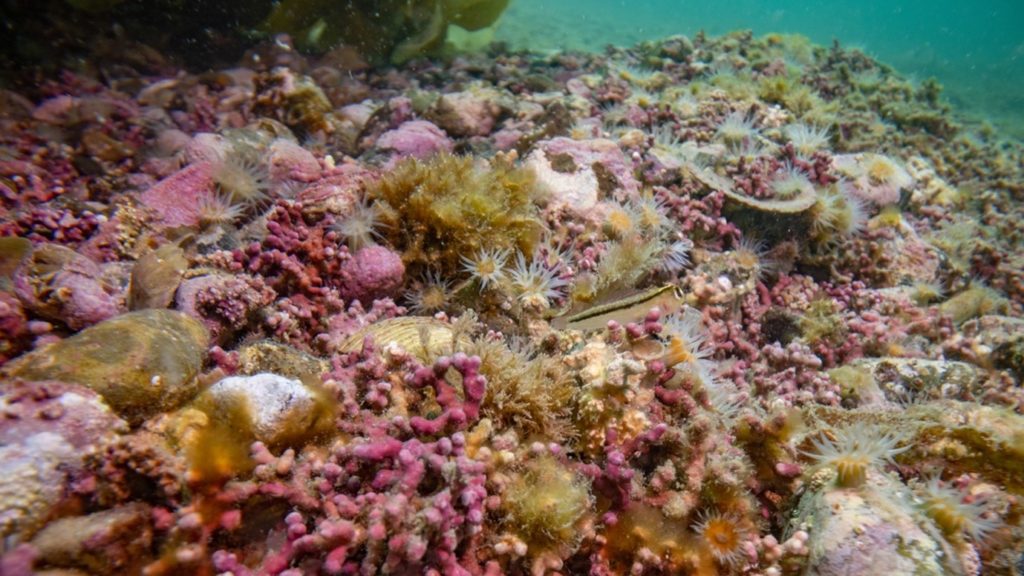
Shaun also loves exploring the bush at night, to take photos of tiny critters, and likens this activity to looking for Pokémon. “I love counting and photographing birds, but I see so many more different species when I look at the small stuff – now that’s biodiversity! And as my camera gear gets better and better, I can see smaller and smaller things. With my current lens anything above five millimetres is fair game.”
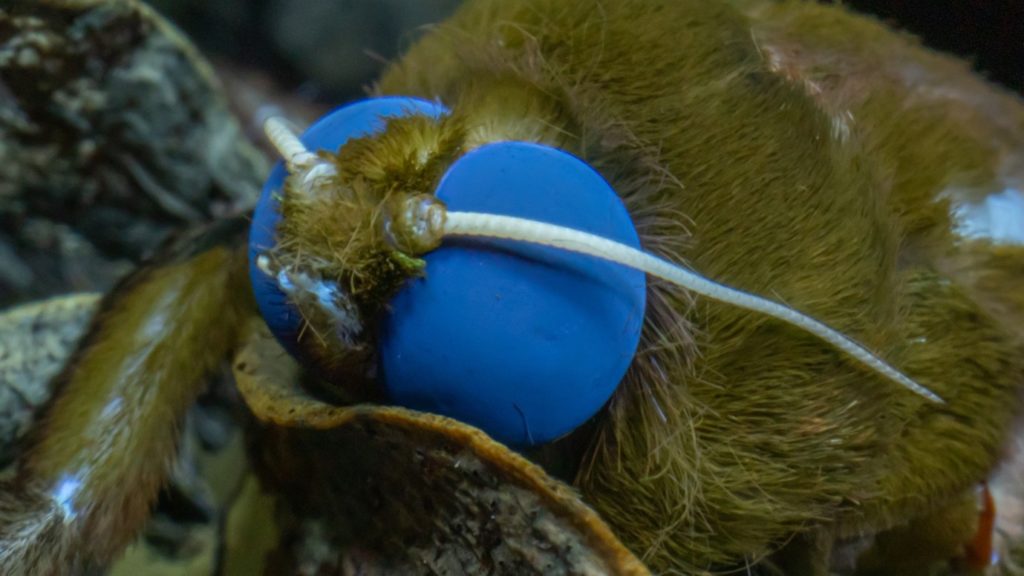
On another trip to the islands over two years ago, Shaun timed his visit perfectly to photograph this giant wētā / wētāpunga moulting. As for Shaun’s reflections on watching weta moult their exoskeletons: “The first time I found one doing that, I thought. what’s going on? And when I’ve seen it, it’s felt so special, but also like I’ve interrupted them in this very vulnerable moment of getting changed.”
Shaun is also very conscious of the fact that, when he’s in a pest-free environment, he sees many more native invertebrate species, compared to places where there are introduced predators. “When I see the little faces of the creatures I photograph, I’m always aware they have a story to tell.”
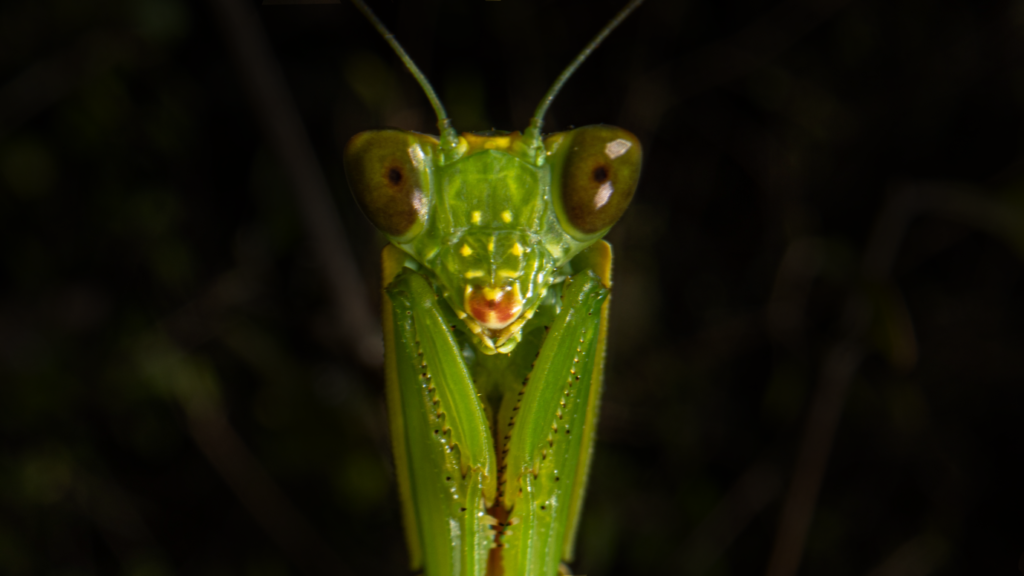
If this selection of imagery has merely whetted your appetite, you can see more of Shaun’s magnificent Noises pictures on iNaturalist.nz where he catalogues most of his finds. And hopefully, the sight of these remarkable and beautiful creatures will intensify society’s efforts to protect the ecosystems they call home.

